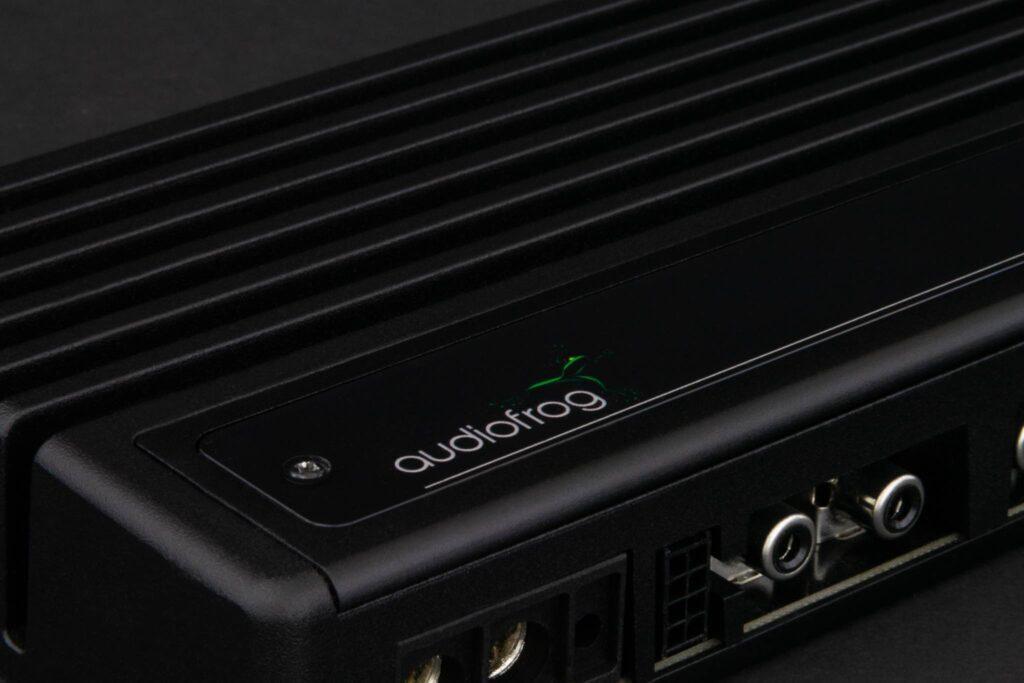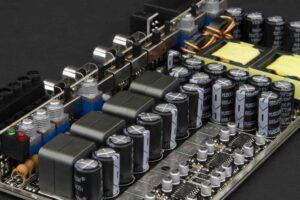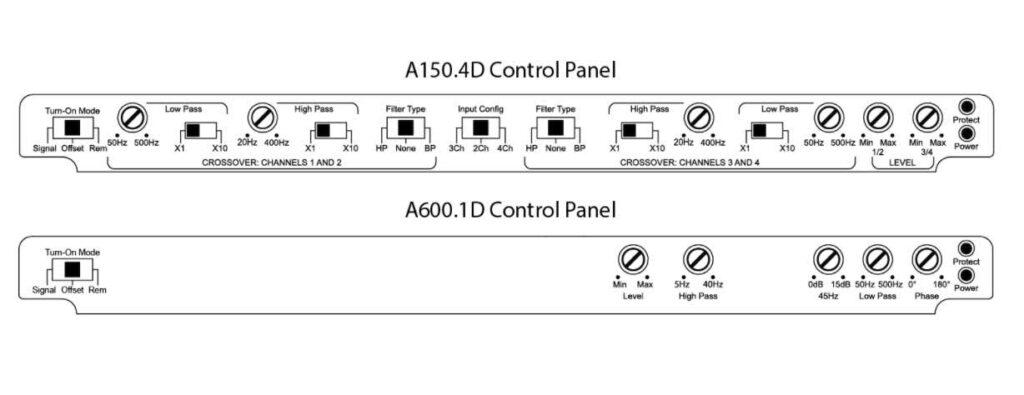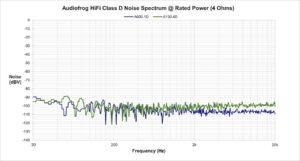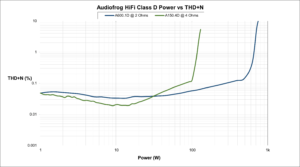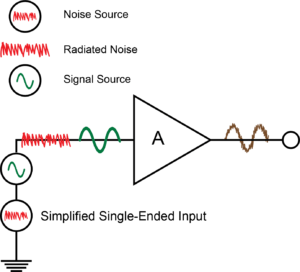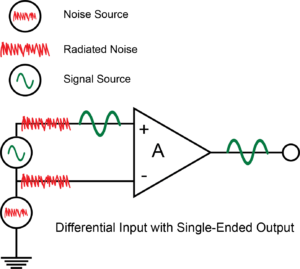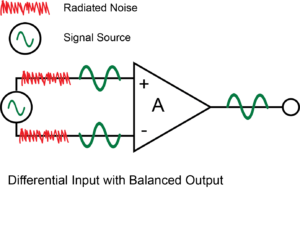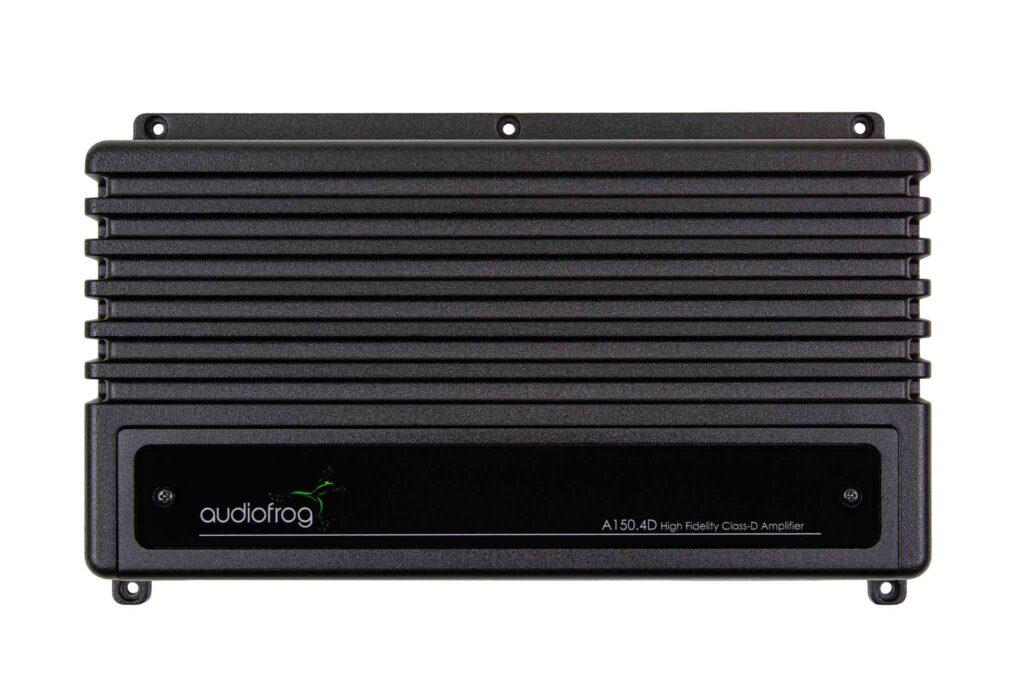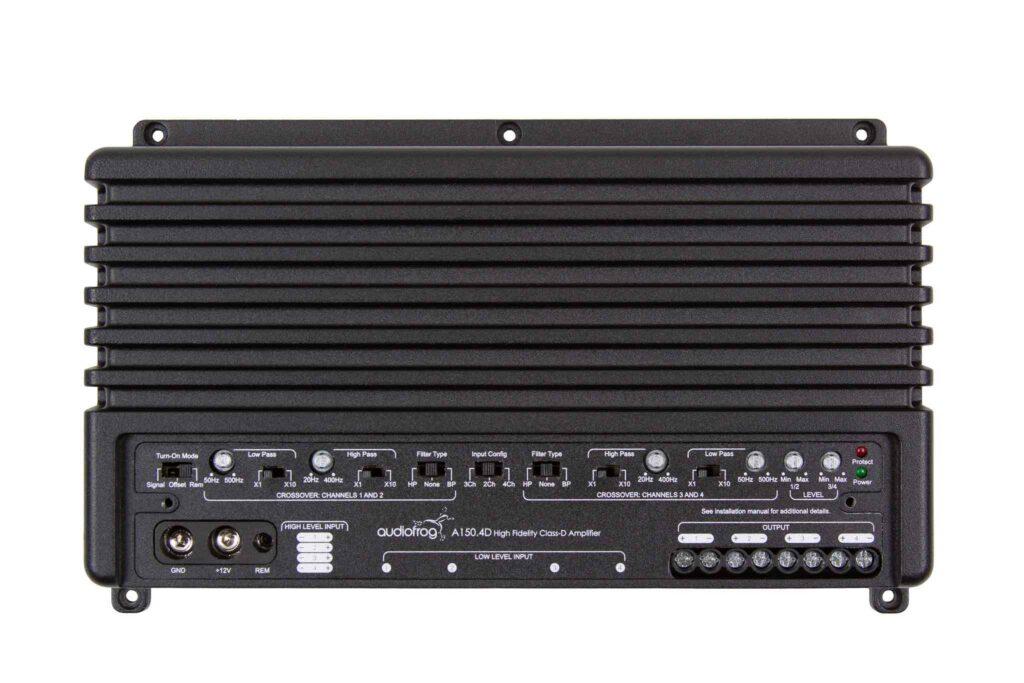 Ultra High-Frequency Switching in our new HiFi Class D-designs move the power supply switching frequency to 100kHz and the class-D modulator frequency to 420kHz. This allows for dramatically smaller magnetics and smaller transformers make a smaller amplifier possible. In addition, the higher modulation frequency makes it possible to move the output low pass filter frequency an octave higher than many other class-D designs. The output filter in Audiofrog’s new HiFi Class-D designs is set to 40kHz rather than the usual 20kHz.
Ultra High-Frequency Switching in our new HiFi Class D-designs move the power supply switching frequency to 100kHz and the class-D modulator frequency to 420kHz. This allows for dramatically smaller magnetics and smaller transformers make a smaller amplifier possible. In addition, the higher modulation frequency makes it possible to move the output low pass filter frequency an octave higher than many other class-D designs. The output filter in Audiofrog’s new HiFi Class-D designs is set to 40kHz rather than the usual 20kHz.
Because the output filter in a class-D amplifier is a passive low pass filter, it has to be designed for a specific load—usually 4 ohms. When measured with other loads, the frequency response changes at and around the filter frequency. A higher resistance load creates a peak at the filter frequency and a lower resistance load causes attenuation at and around the filter frequency. This has long been a criticism of class-D design.
In the example below, the performance at 4 Ohms is within about 3dB of flat response. At 8 Ohms, the underdamped filter causes almost a 3dB peak at 20kHz, which can amplify audible high frequency noise present in the system. At 2 Ohms, 20kHz is attenuated by nearly 8 dB.
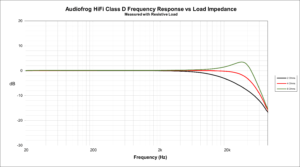
The 40kHz filter frequency in Audiofrog’s HiFi Class-D amplifiers moves most of the frequency response changes with varying terminal loads to a frequency higher than we can hear. At 20kHz, the response is within the typical +/-3dB, common for frequency response measurements. This is better.
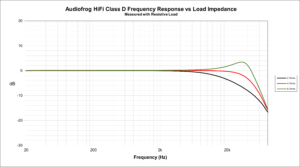
This common measurement of amplifier frequency response is useful for comparing one amplifier to another, but amplifiers drive speakers, not resistors.
Speakers aren’t resistors. Speakers are reactive loads and when discussing speakers as amplifier loads, we use the term “impedance”. The impedance of a speaker is not a simple number like a resistor. At and around the speaker’s resonance, the speaker is also a generator of electricity and that generation creates a peak in the impedance. Because the wire in the speaker’s voice coil is wound around a tubular former, the speaker’s voice coil has inductance, which resists a change in the flow of current and the impedance increases at high frequencies.
Below is the impedance graph of a typical tweeter showing the peak at resonance and the increase in impedance at high frequencies.
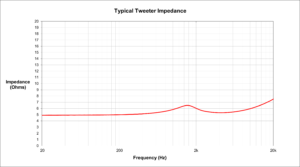
Audiofrog tweeters are a little different. All Audiofrog tweeters include a shorting ring in the form of a copper cap over the polepiece. This shorting ring helps to minimize the voice coil’s inductance by acting as a shorted secondary winding in a transformer made up of the voice coil and the shorting ring. The result is much more linear impedance at high frequencies when compared to tweeters that don’t include this feature.
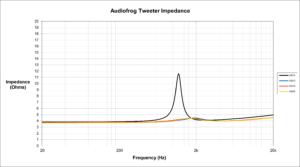
This linearization of the high frequency impedance in Audiofrog tweeters gives us an opportunity for an additional performance enhancement in Audiofrog amplifiers when they’re used with Audiofrog tweeters. We have optimized the amplifier’s output filter to provide almost ruler-flat response when used with Audiofrog GB15, GB10, GS10 or G60S.
When used with Audiofrog tweeters, the frequency response of the A150.4D is 20Hz-20kHz, +/- 0.1dB! Using the half-power point as the frequency response limit (+/-3dB,) the frequency response is extended to 45kHz.
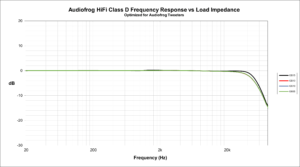
Audiofrog HiFi Class-D amplifiers, used in conjunction with Audiofrog tweeters provide near ruler flat amplifier frequency response up to the high frequency limits of our hearing.
![]() Sometimes great products are the result of a new invention—a new technological advancement that unlocks performance, features or applications never before possible. We have people like Henry Ford and the Wright Brothers to thank for those kinds of advancements.
Sometimes great products are the result of a new invention—a new technological advancement that unlocks performance, features or applications never before possible. We have people like Henry Ford and the Wright Brothers to thank for those kinds of advancements. 

